If you want to improve the quality of the sound, you can add an amplifier to your audio system. The amplifier is a device that can enlarge the low-voltage system signals to signals with enough gains. After that, it can power up your speakers or subwoofers for a better sound.
No matter what kind of music you like, the amplifier will bring the most suitable one to you.
It will also give your song a much-needed boost. You must know how to choose an amplifier for your audio system in order to get the most out of it.
The most simple setup is the 2-Channel amplifier. But if you do not know whether you need it or the 4-Channel home audio amplifier, you can read this article.
What to Consider: 2-Channel or 4-Channel Home Audio Amplifier
Not all amplifiers are created equal. The channels and the speakers' power you used are different. Each channel of the amp is a power source that is used to power one subwoofer or speaker. The number of channels required is primarily determined by the number of speakers.
First: The Type of Amplifiers
There are three types of amplifiers: mono amplifiers, two-channel amplifiers, and multi-channel amplifiers. Before you choose an amplifier, you need to make sure of the number of subwoofers you have. And you also need to know the location of the subs and speakers you need to power.
The mono amplifiers are primarily intended for low-frequency reproduction. They have low-pass filters as well as a bass boost. Class D mono amps are superior to traditional amp designs. Because they are more efficient, draw less current, and generate less heat.
If you have full-range speaker systems, then the best choice for you is the 2-channel amplifier. These amps should be used with a high-pass filter. Five and six-channel amps can be used for speakers located in the back or front of your audio setup. Finally, multi-channel amplifiers can power subwoofers and full-range speakers.
Second: The Power Ratings of the Amplifiers
When selecting an amplifier, keep in mind the power unit you have. Those are two main types of power ratings will be used for amplifiers: peak power and Root Mean Square Power.
RMS is the continuous amount of power used by a car amplifier to power your speakers. Make sure the power of your subwoofer and speakers is when you use RMS. Because the power must be equal to the amplifier’s power. With high RMS power, your speaker will be damaged.
For example, suppose the amplifier has 60 watts of power per channel. In that case, each channel of the amplifier may be capable of supporting or powering a standard subwoofer. If you still listen to music and your subwoofer cannot handle 60 watts, then you will hear distorted music. Finally, your sub will be damaged.
The RMD of your amplifier is determined by the highest RMS output rating of your speakers. A 50-watt speaker, for example, requires a 50-watt output RMS capacity channel. However, if you have a large vehicle and require more volume, you should get 75 watts RMS per speaker.
Peak power exceeds RMS power. It indicates how many watts the amp has for quick and abrupt volume increases. No matter which one you choose, a 2-channel or 4-channel home audio amplifier, you must make sure the amplifier can handle your speaker’s power.
Also, you need t make sure of it can deliver equal power. You also need to test the amplifier first to confirm the correct voltage it has.
Which One Is Better: 2-Channel VS 4-Channel Home Audio Amp
Some stereo systems, like car stereo systems, have a very low RMS power channel or output of about 10 watts. To turn this into rocking music, you'll need to upgrade your system by adding high-quality speakers or subwoofers. Also, you can use a powerful amplifier to power them.
When compared to a 4-channel amp, a 2-channel amp can connect to fewer subs and speakers. Both of these amplifiers are classified as A or B. They are intended to power tweeters and mid-bass amplifiers. You can check the following content to check, then you will know what the differences between 2-channel and 4-channel amps are.
First: 2-Channel Home Audio Amplifier
The output power of these amplifiers is split between two channels. You can connect two speakers to a 2-channel amplifier, and this is the simple choice for your home audio setup. Also, you can bridge or combine those channels to improve the output of one. Typically speaking, this can be used to power one or two subs.
You can use an active crossover system if you need better sound quality. Usually, all speakers will have their own channel. However, the passive crossover will be not used. The speaker's channel comes with a DSP/EQ unit, then it can set a specific power setting and crossover frequency.
If you use a 2-channel amplifier with coaxial speakers, you can combine the tweeter and mid-bass into a single speaker. The tweeter can be mounted above the woofer cane in the center. However, you can separate the tweeter and woofer for better results if your speakers are components.
Although the tweeter and woofer are separated, they are still powered by one channel because of the crossover system. Also, component speaker systems also use a 2-channel amplifier to power up to 4 speakers.
Second: 4-Channel Home Audio Amplifier
A four-channel amp can power four subwoofers and speakers. This amplifier can be also used in bridge mode with rear channels. After that, the front channels can power the speaker’s front components. So that the rear channels can bridge into a single powerful channel to power your subs.
The 4-channel home audio amplifier also saves space in your house if you have lots of subwoofers and speakers. You have no need to install more amplifiers to power those speakers.
A four-channel amplifier can drive up to eight speakers. When properly wired, these amps can deliver twice the power. A 4-channel home audio amplifier can drive 8 speakers at the same time. The 4-channel home audio amplifier will deliver double power to your speaker as long as you wire them correctly.
Final Consideration
Whether you need a 4-channel home audio amplifier or not, the factor is the number of subwoofers and speakers you have.
Also, you need to make certain of their wattage. Each amplifier channel will have its own responsibilities to your home audio setup and will power your speaker.













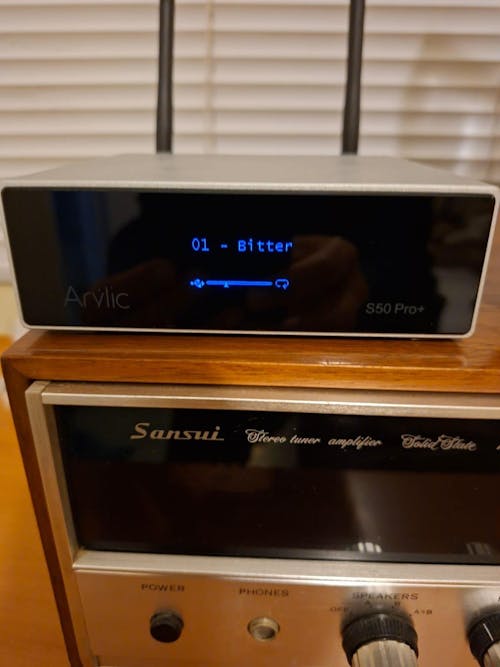
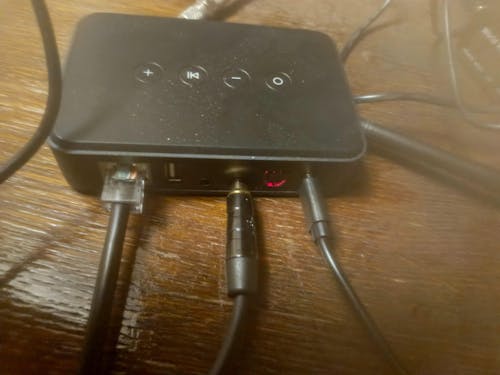
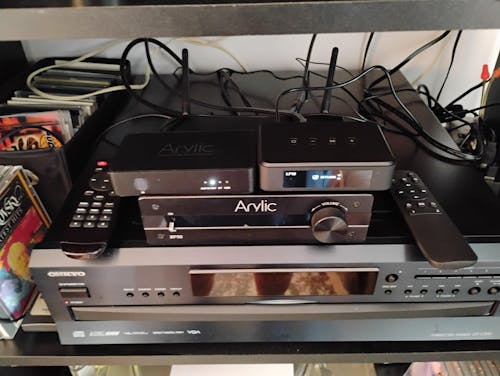
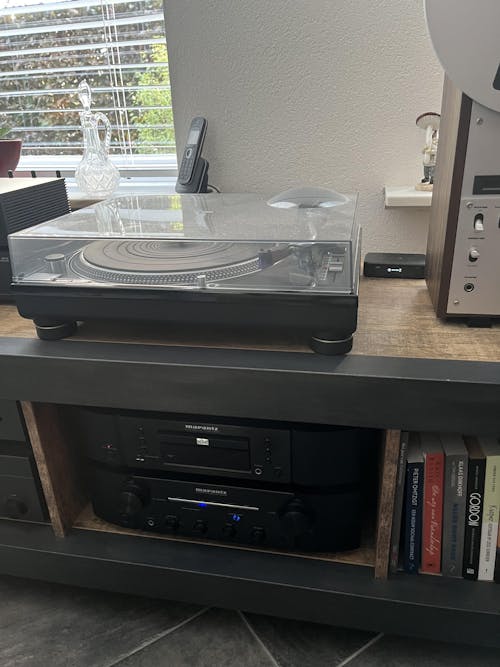
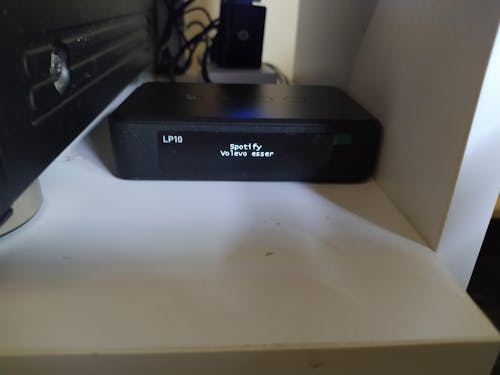
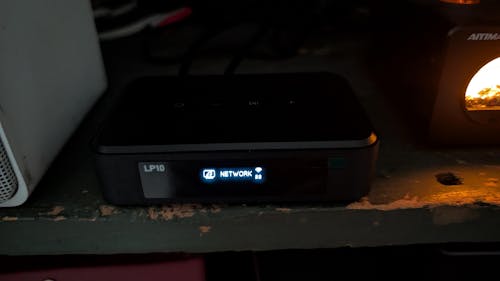
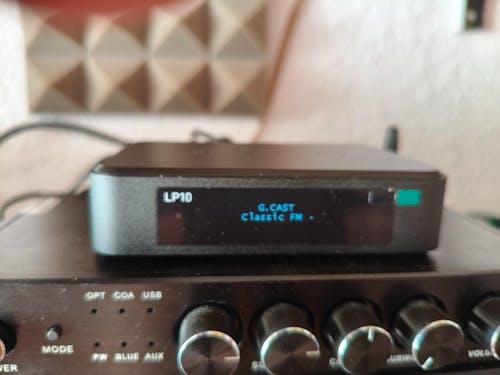

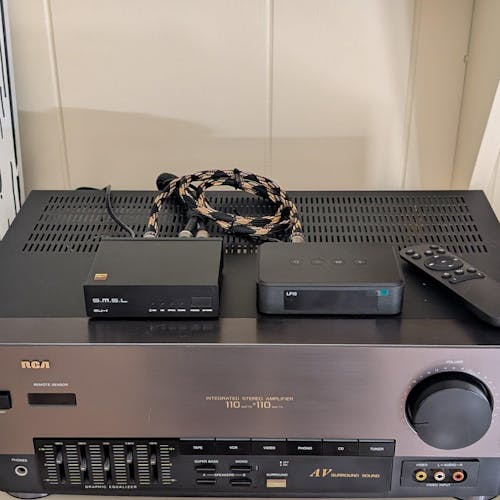
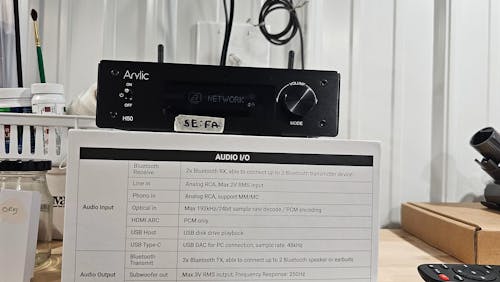
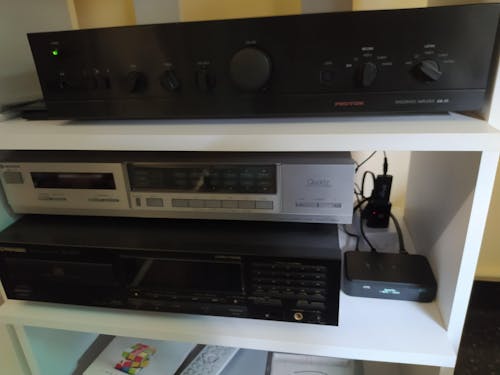
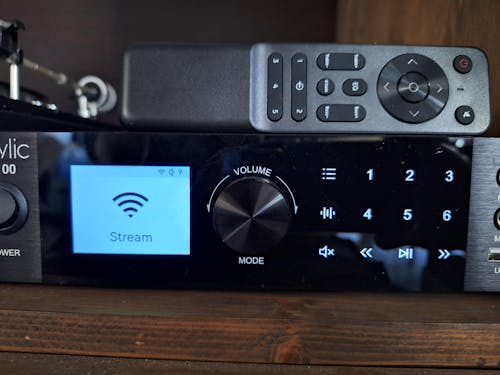
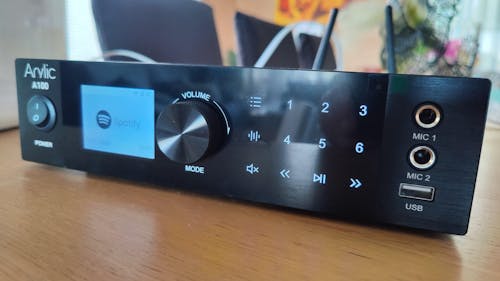


Leave a comment
All comments are moderated before being published.
This site is protected by hCaptcha and the hCaptcha Privacy Policy and Terms of Service apply.